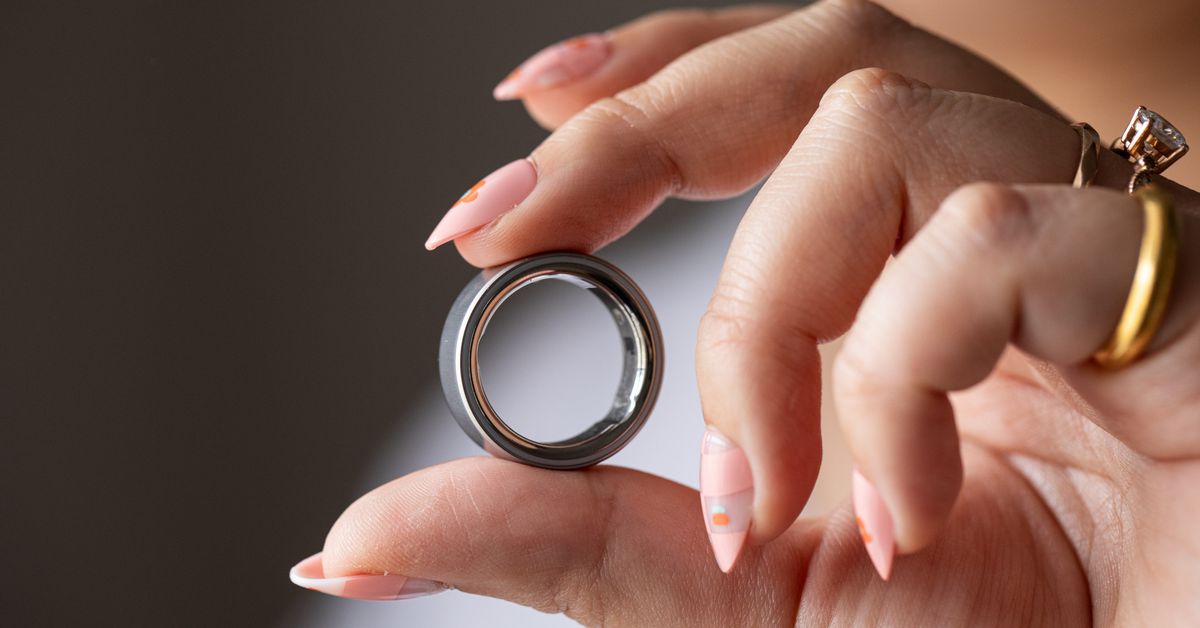The COVID-19 pandemic accelerated innovation in the wearable technology industry. During this challenging period, many companies, including Oura, explored ways to leverage their devices for early disease detection. Four years later, Oura is proud to announce the official launch of Symptom Radar, a feature designed to alert users when they may be experiencing early signs of respiratory illness.
The Science Behind Symptom Radar
Symptom Radar is not a diagnostic tool, but rather an "illness warning light" that flags changes in the body’s physiology before symptoms appear. According to Shyamal Patel, Oura’s head of science, "What we saw through all of the research and science that we’ve done is that your physiology actually starts changing a day or two before you start feeling symptoms." This concept has been at the heart of Oura’s illness prediction research during the pandemic.
How Symptom Radar Works
Symptom Radar utilizes a range of metrics, including:
- Resting Heart Rate: A measure of the heart’s resting rate, which can indicate changes in cardiovascular health.
- Heart Rate Variability (HRV): The variation in time between each heartbeat, which can signal stress or fatigue.
- Temperature Trends: Changes in body temperature may indicate the onset of illness.
- Breathing Rate: An increase in breathing rate can be a sign of respiratory distress.
These metrics are evaluated against a user’s long-term baselines to identify significant changes. When users sync their data in the morning, they’ll receive notifications if no signs, minor signs, or major signs of strain related to respiratory symptoms have been identified. In cases where minor or major signs are detected, the Oura app will encourage users to turn on Rest Mode and take steps to prioritize rest.
The Evolution of Symptom Radar
Symptom Radar was initially introduced as a beta feature in April through Oura’s Labs program for experimental features. This development process allowed the Oura team to refine their algorithm based on a larger data set. However, Patel acknowledged that the algorithm is not 100% accurate and may produce false positives or negatives.
To address these limitations, the official version of Symptom Radar will include a historical graph to help users track their health trends over time. This feature was requested by beta users who wanted to be notified when symptoms weren’t detected.
The Future of Symptom Radar
Patel envisions that Symptom Radar could become an essential tool not only for illness detection but also for recovery. By analyzing how people recover from illnesses, Oura may identify factors that contribute to faster recovery times. This insight could lead to the development of personalized recommendations and interventions.
Availability and Rollout Date
Symptom Radar will be available to all Oura Ring Gen 3 and Oura Ring 4 users by Wednesday, December 11th.
Conclusion
The launch of Symptom Radar marks an exciting milestone in wearable technology. This feature has the potential to revolutionize how we approach illness detection and recovery. By leveraging the power of data analysis and machine learning, Oura is paving the way for a future where people can take proactive steps towards maintaining their health.
Additional Resources
- Learn more about Oura’s Labs program and its focus on experimental features
- Discover the benefits of using wearable devices for health monitoring
- Explore the latest advancements in AI-powered healthcare solutions



